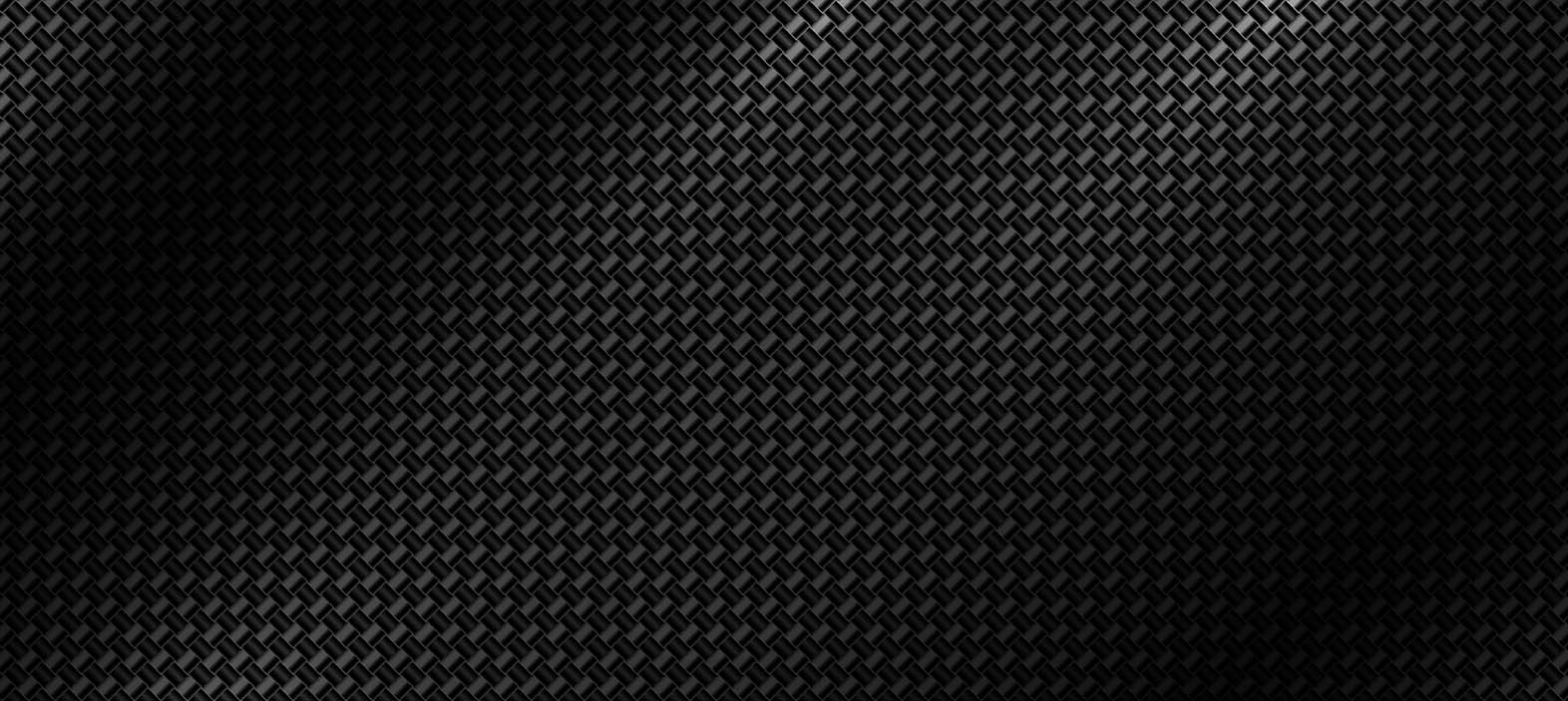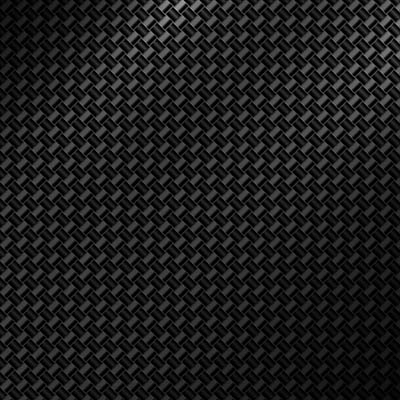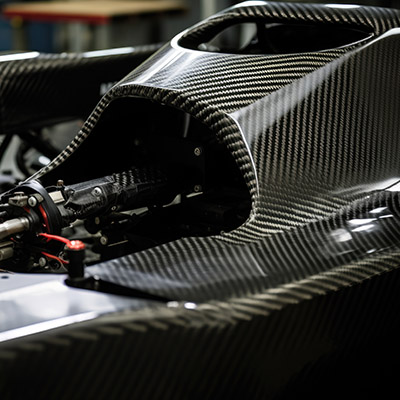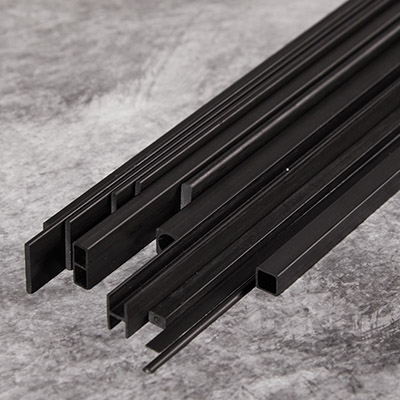
Can Carbon Fiber Be Transparent? The Science Behind Optical Composites
👁 Reads: 20
Carbon fiber is renowned for its unmatched strength-to-weight ratio, corrosion resistance, and stiffness, making it a staple in aerospace, automotive, sports, and defense industries. But as advanced applications push the boundaries of material science, a provocative question has emerged: Can carbon fiber be transparent?
In an era of smart surfaces, wearables, and optically integrated structures, transparency is becoming a valuable trait—not just for aesthetics, but for functionality. This blog explores the science behind transparent carbon fiber, where current research stands, and how it compares to other light-transmitting composite materials.
Is Transparent Carbon Fiber Real?
The term transparent carbon fiber is, in many ways, a misnomer—pure carbon fibers are inherently black due to their graphitic microstructure. Traditional carbon fiber reflects and absorbs light, making true transparency virtually impossible. However, research and innovation in composite matrices and hybrid reinforcements are bringing us closer to optically functional composites that emulate transparency while retaining some of carbon fiber’s mechanical advantages.
So, while a 100% transparent carbon fiber doesn’t exist, transparent optical composites using carbon-based or alternative fibers in clear resin systems are emerging as promising materials in R&D labs and niche applications.
The Optical Limitations of Traditional Carbon Fiber
Carbon fiber’s strength lies in its structure: stacked graphene layers aligned along the fiber axis. This configuration is excellent for load-bearing, but poor for light transmission. Key limitations include:
- Intrinsic opacity: Graphitic carbon absorbs a broad spectrum of light.
- Surface scattering: Irregular surface textures cause significant light diffusion.
- Dark matrix materials: Standard epoxy or thermoset resins are often pigmented or opaque.
These factors make traditional carbon fiber composites highly opaque. So how can researchers overcome this?
Innovations in Clear Matrix Systems and Hybrid Fiber Weaves
Advances in resin chemistry and textile engineering are enabling composite engineers to build light-transmitting materials inspired by carbon fiber but optimized for optical performance.
1. Clear Resin Systems
Clear thermoplastics like PMMA (acrylic), polycarbonate, and specially formulated epoxy resins are used to create optically transparent matrices. These systems allow for better visualization of embedded structures or sensors, ideal for wearables and smart surfaces.
2. Carbon Fiber Hybrids
Researchers are experimenting with hybrid weaves that blend carbon fibers with transparent fibers like:
- Glass fibers (used in transparent fiberglass)
- PMMA or PBO fibers
- Monofilament polymers with near-invisible refractive indices
By controlling the weave density, orientation, and thickness, engineers can develop materials that are semi-transparent or translucent, with embedded carbon elements for structural support.
3. Carbon Nanotube Films
In ultra-thin form, carbon nanotube (CNT) films can exhibit some degree of optical transparency while maintaining electrical conductivity and mechanical flexibility. These films are promising for transparent electrodes, coatings, and flexible electronics.
Applications: Defense, Wearables, Smart Surfaces
Optical composites with carbon-based properties are gaining traction in high-tech sectors:
- Defense and aerospace: Semi-transparent composites are being explored for stealth technology, where radar transparency or optical camouflage is required.
- Wearable electronics: Transparent composites allow for embedded displays, sensors, or biometric interfaces while maintaining structural integrity.
- Smart architecture and interiors: Transparent structural panels with embedded fiber optics or illumination systems offer both form and function.
In all these applications, materials must balance transparency with performance—making hybrid composite designs essential.
Transparent Aluminium and Fiberglass: How Do They Compare?
Let’s benchmark transparent carbon fiber concepts against existing light-transmitting materials:
| Material | Transparency |
Strength-to-Weight Ratio |
Thermal Resistance |
Applications |
Transparent Aluminium (ALON) |
High |
Excellent |
Very High |
Armor, optics, aerospace windows |
Transparent Fiberglass |
Moderate |
Good |
Moderate |
Design panels, helmets, displays |
Hybrid Optical Composites |
Low–Moderate |
Moderate–High |
Customizable |
Wearables, defense, electronics |
While transparent aluminium (ALON) remains unmatched in clarity and hardness, it is expensive and limited in size. Transparent fiberglass offers better scalability and is currently used in helmets and sports gear. Hybrid optical composites that emulate transparent carbon fiber sit in a middle ground, offering customizability for emerging applications.
Conclusion
While true transparent carbon fiber is still a material science paradox, the fusion of clear matrices, hybrid weaves, and carbon-based nanomaterials is reshaping how we think about optical composites. For engineers, designers, and scientists, this opens new avenues in functional design, aerospace stealth, biomedical wearables, and transparent structural components.
At NitPro Composites, we stay at the forefront of composite innovation. Whether you're looking to develop light-transmitting materials, integrate sensors into structural parts, or explore hybrid composite designs, our team is here to collaborate.
Contact us to learn how we can help you bring your next-generation composite vision to light.





